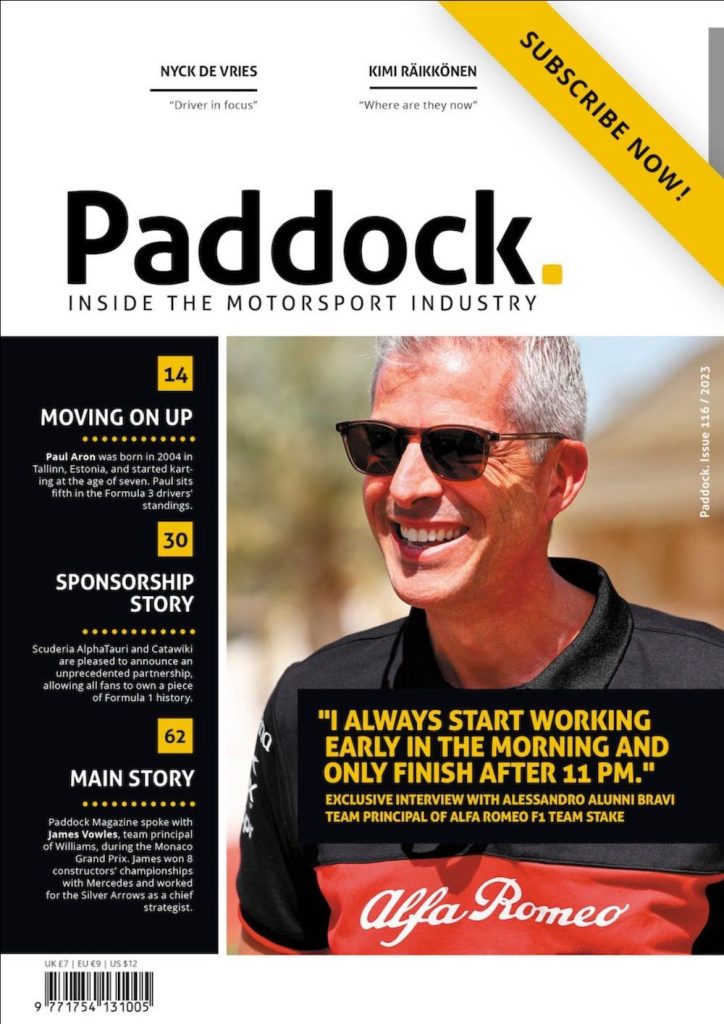In the last three years, Formula 1 has seen how its number of viewers has plunged. In contrast, the income for television rights has increased since the broadcasters that cover the sport are, mainly, Pay-TV networks. However, the unfinished business continues being the social media networks.
Click here to subscribe to our print edition!
The rationale that explains this phenomenon can be found in television rights that represent one-third of the total earnings of the sport. Nonetheless, betting on social media does not mean television rights will be affected. Indeed, it is quite the opposite since the industry may see its benefits boosting.
Recent market studies have shown that, in 2014, people spent more time checking their phones than watching television. Not to mention that more than half of the data traffic in developed countries belongs to Facebook.
Given the circumstance that the number of viewers of the sport has reduced, the behaviour of the customer has changed and big companies are eager to invest more in digital advertising and marketing.
In its official Twitter page, FIA has 2.29 million followers. It seems a lot, doesn’t it? Truth is, “Le Tour de France” can boast of outnumbering that datum, having 2.59 million. Formula 1 is one of the few sports that visit the whole world, having a presence in every single continent; yet its presence in the digital world is rather poor. Given the circumstance that the number of viewers of the sport has reduced, the behaviour of the customer has changed and big companies are eager to invest more in digital advertising and marketing. It is about time Formula 1 changed its mine and took its solid place in social media platforms.
However, it is not enough to have a profile in every social network, the trick is creating valuable content. For instance, special content such as interviews or videos, in which fans could see the sport from a different perspective. In addition, it will allow FIA and Formula 1 teams to interact with their fans. As James Allenon, Executive Editor of Wired US claimed, “the key element to success is to look more human and to be more accessible and transparent”.
Without interaction, Formula 1 will fail in engaging their fans, especially those who cannot attend Grands Prix but that are likely to purchase the merchandise. One of the most profitable aspects of social media is that its data can be collected and measured. In other words, Formula 1 teams would have the chance to know their fan behaviour and, consequently, would offer them personalised content and products.
Football teams have been struggling with this issue for years, and eventually, they have sorted it out.
But there is more, not only could racing teams take advantage of this social media mining, but also motorsport sponsors. For many big brands, digital reputation is a core element in their strategy. That said, promoting certain events or products would improve brand awareness, maximise their visibility and getting global recognition.
Football teams have been struggling with this issue for years, and eventually, they have sorted it out. Indeed, football teams and players are usually on the top of the rankings regarding influence and engagement.
In a world full of uncertainty, Formula 1 should leave out its fear and embrace social media networks. The organisation would engage their fans while they enjoy exclusive content through diverse devices and probably would pay for its consumption. Beyond that, social media could also allow teams to eliminate languages boundaries by creating profiles in different languages (as most football teams do), all this could lead to a wider sphere of influence and not only many new fans but also a significant amount of new sponsors.






Related Articles